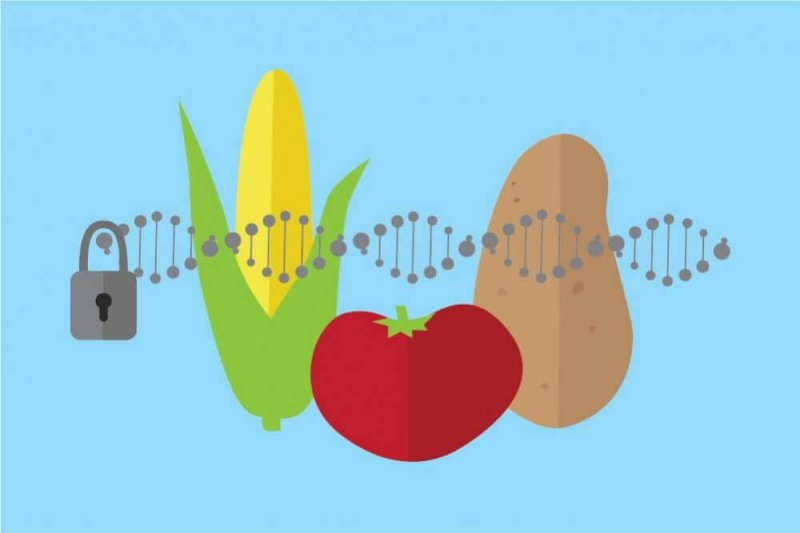Thanks to a cutting-edge technology called gene editing, scientists can now turn plant genes “on” and “off” almost as easily as Calyxt scientists flip a switch to illuminate the rows of tender soybean plants growing in their lab.
…
Unlike older genetic modification methods, the new techniques are precise, fast and inexpensive, and companies hope they will avoid the negative reputation and regulatory hurdles that hobbled the first generation of genetically modified foods.
But the speed of change has startled consumer and environmental groups, who….have petitioned regulators to add further safety reviews….Such evaluations are needed, said Jennifer Kuzma, a professor of genetic engineering and society at North Carolina State University, to reassure consumers that gene-edited food is safe. Of particular concern is….an inadvertent change to a plant’s DNA.
These glitches occur both in the lab and in nature but rarely escape breeders’ notice, said Jeff Wolt, a recently retired professor of agronomy and toxicology at Iowa State University. If they did, however, the effects could prove dramatic: preventing growth, introducing allergens and toxins, or exposing the plant to disease.
…
“I think the vast majority of gene-edited foods are going to be as safe as their conventionally bred counterparts, [Kuzma said.] But I don’t buy into the argument that’s true all the time for every crop.”
[Editor’s note: See a response to this article by biologists Henry Miller and Rob Wager, who say too much regulation heightens consumer fear of biotech crops.]
Read full, original article: THE FUTURE OF FOOD in the Washington Post.































